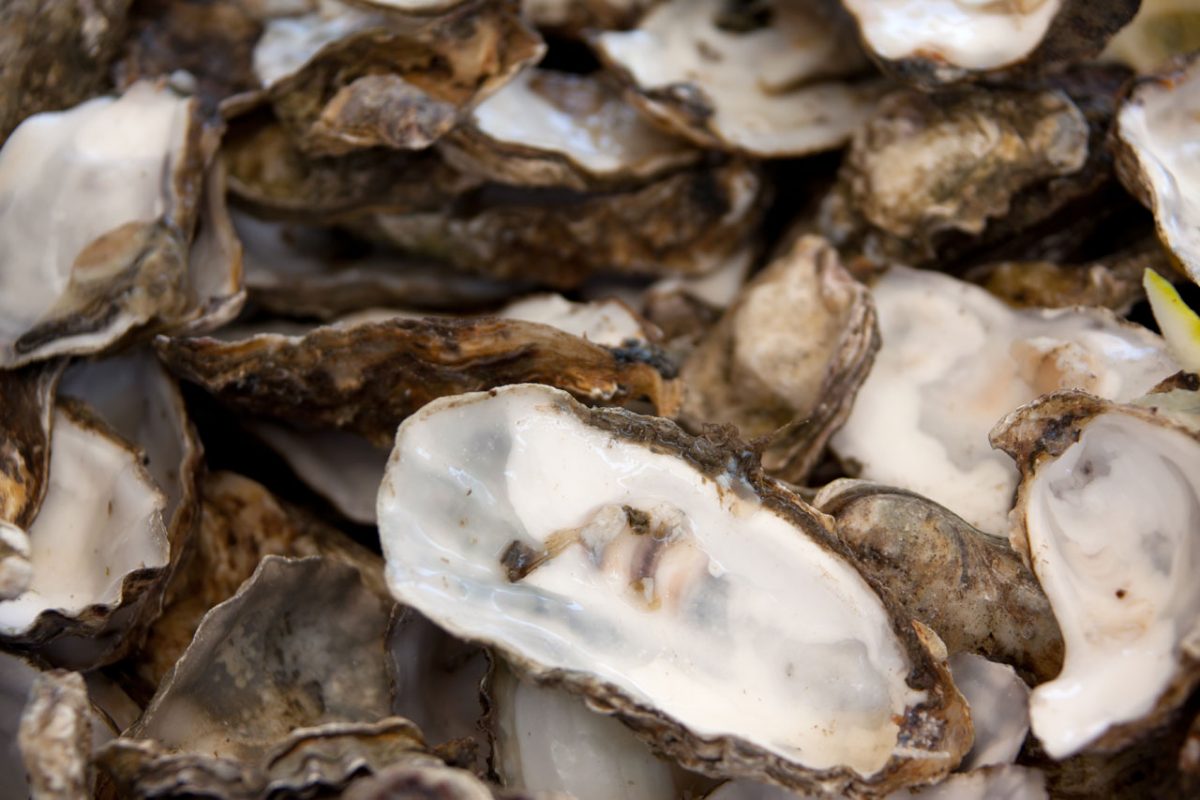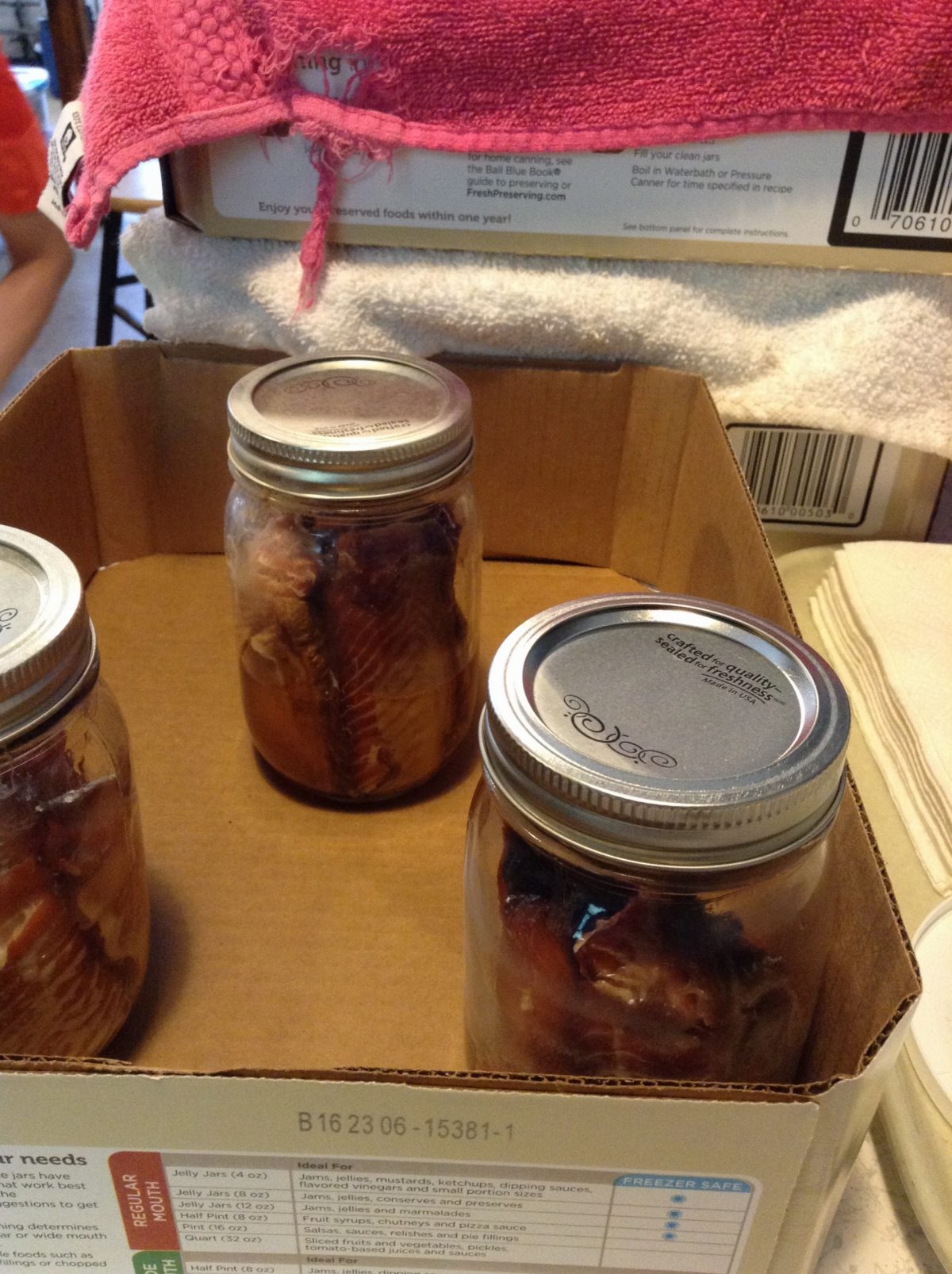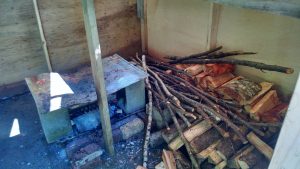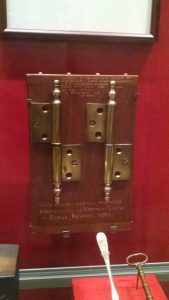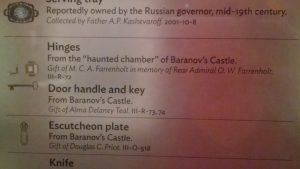Athabascan Fiddle, Contemporary. MJ
The past three weeks has been quite a journey! I chose to study cultural elements of Interior Alaska with no prior knowledge of the region. I was so surprised to discover that fiddle music was an integral part of music in Athabascan and Gwich’in cultures. I have been teaching violin in Juneau for four years, but I had no idea there were similar programs in Fairbanks. I hope to find a way to connect to other fiddle programs that focus on youth and community outreach through my program at UAS and as a future music teacher in Juneau.
These past three weeks, we have been studying the Alaskan cultural standards, specifically the five curriculum standards. For my lesson I have focused on Standard B, which states:
A culturally responsive curriculum recognizes cultural knowledge as part of a living and constantly adapting system that is grounded in the past, but continues to grow through the present and into the future.
My lesson achieves this standard by researching current people and activities within the Athabascan community through modern media; I focused on organizations that could easily be researched online. There are Facebook and Youtube video links to current organizations and people. Students also achieve this standard by creating a link between the Athabascan arts organizations and arts organizations representing the students’ cultures and communities.
If teachers, or students, would like to do further research, there are some excellent texts listed within the iBook chapter (Interior Alaska, 20th-21st Century Athabaskan Fiddle). Athabaskan fiddle history prior to the 20th century may be found on Ruth Hogle’s blogpost.
